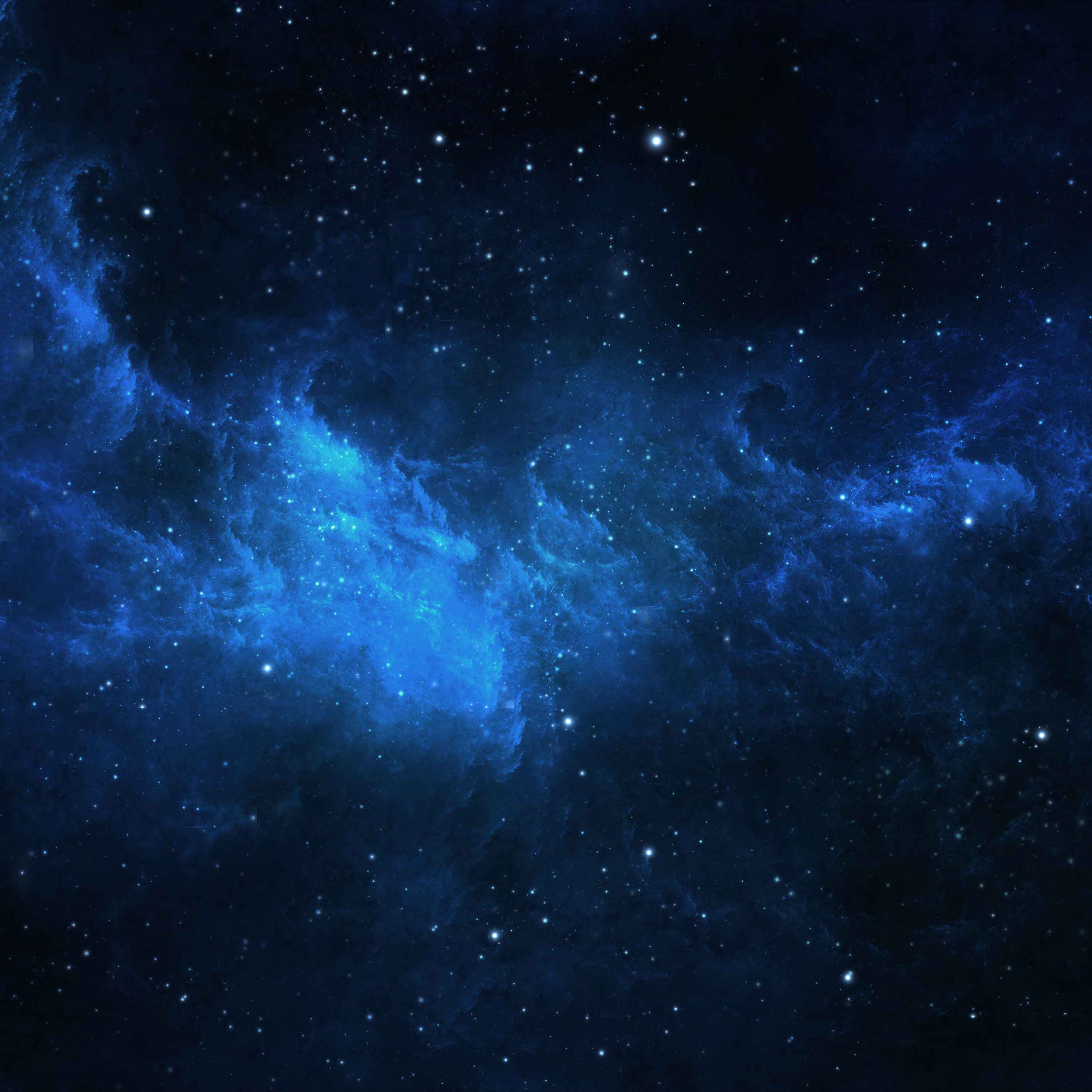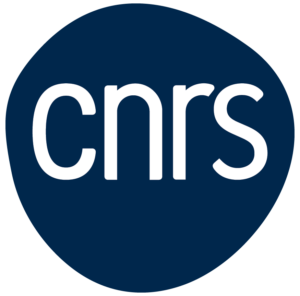

- This event has passed.
Seminar by Carlotta GRUPPIONI (INAF OAS Bologna)
16 December 2022 à 11h00 - 12h00
Title: Dark galaxies in the ALMA and JWST era
Abstract:
Our current knowledge of the cosmic star formation rate density (SFRD) at high redshift (z > 3) is based mostly on galaxy samples selected in the ultra-violet (UV) rest frame, which are not necessarily representative of the whole galaxy population (e.g. missing strongly obscured massive systems with high dust content). ALMA has now opened a breach in the wall, allowing us to refine our understanding of dusty galaxies at high redshifts thanks to its recently explored ability to reveal serendipitously detected galaxies in blind extragalactic surveys. An important product of these blind surveys is the discovery of a population of faint ALMA galaxies that are undetected even in the deepest optical and near-infrared images with the Hubble Space Telescope (HST). These sources are identified with massive and dusty galaxies at z>3, likely contributing significantly to the high-z SFRD and stellar mass density (SMD).
I will present a recent study aimed at homogenising the physical parameters of the HST-dark samples from the literature by performing a SED-fitting with the same code for all, in order to study the volume density of these dark galaxies and their contribution to the SMD and SFRD at different redshifts. We find that the ALMA-selected HST-dark galaxies dominate the massive-end of the stellar mass function at any redshifts, overestimating it by almost an order of magnitude at z~5 and logM* > 11 Msun. The existence and the number density of this population of massive distant galaxies represents a challenge for existing cosmological models and state-of-the-art simulations.
JWST is now pushing the dark galaxy studies to z > 10, by revealing the reddest sources in the JWST ERO and ERS programs (Endsley+22, Naidu+22, Zavala+22, Rodighiero+22). Here I will review the most recent results in terms of high-z dark galaxy candidates detected by JWST, putting them into the context of the lower-redshift (z=3-6) ALMA-selected population of HST-dark galaxies.



